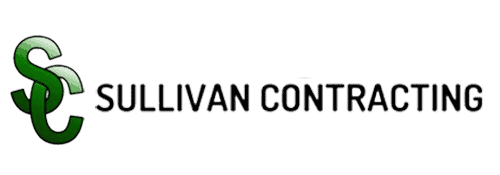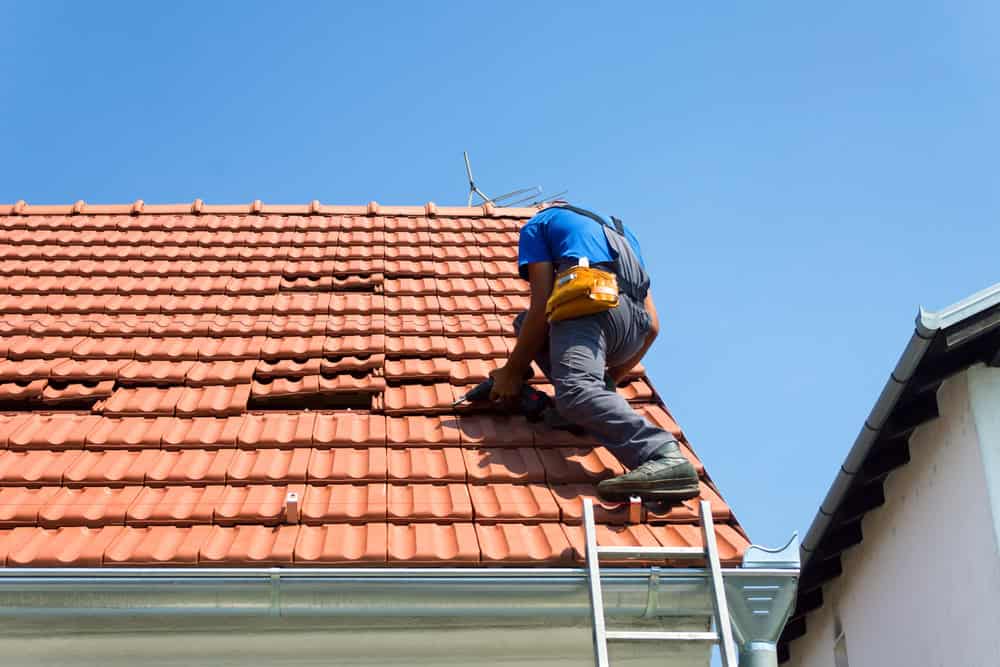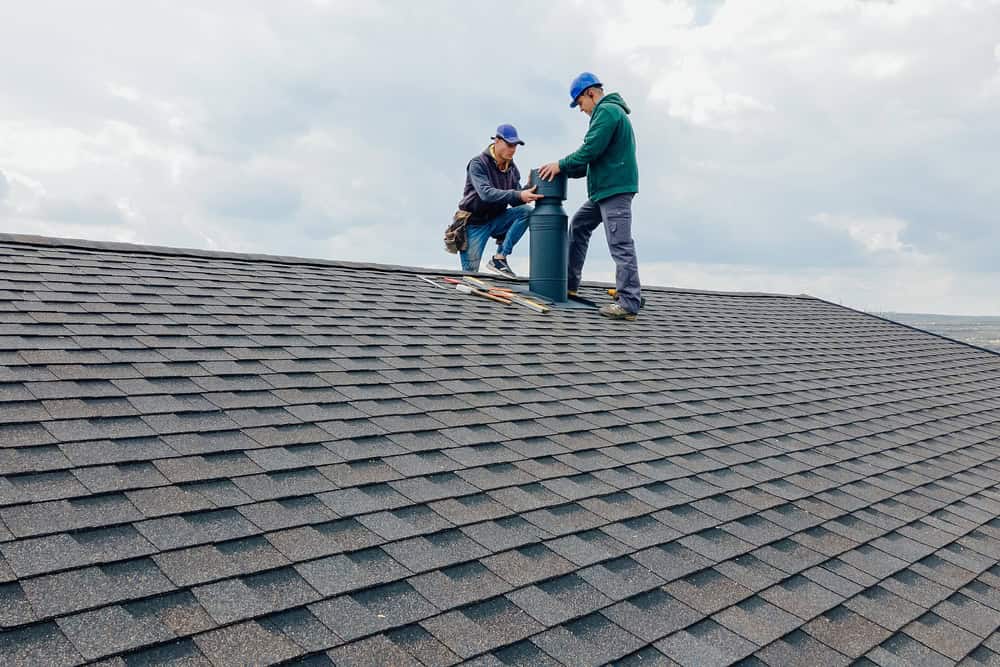Summary:
Water Stains and Interior Damage: Your Roof's SOS Signal
Water stains on your ceiling or walls aren’t just unsightly – they’re your roof screaming for help. These brownish or yellowish spots typically appear first in corners and edges of rooms, but they can show up anywhere water finds its way in.
Don’t assume the stain location matches the leak location. Water can travel along rafters, pipes, or other structures before finally dripping into your living space. That stain in your bedroom might actually be coming from a problem area twenty feet away on your roof.
The bigger concern? What you can’t see. Behind that visible stain, there’s likely wet insulation, potentially rotting wood, and the perfect conditions for mold growth.
Hidden Signs of Water Damage Throughout Your Home
Water damage doesn’t always announce itself with obvious stains. Sometimes it’s more subtle, and these hidden signs often indicate more serious problems.
Pay attention to musty odors, especially in your attic or basement. That smell usually means moisture has been present long enough for mold or mildew to take hold. You might also notice paint or wallpaper that’s bubbling, peeling, or just doesn’t look quite right anymore.
Check your attic regularly, especially after storms. Look for wet insulation, water marks on rafters, or any areas that feel damp. If you see daylight coming through your roof boards, that’s a clear sign water can get in too. During Connecticut’s frequent storms, these small openings can become major entry points for water damage.
Increased humidity in certain rooms is another red flag. If one area of your house consistently feels more humid than others, there might be moisture infiltration you haven’t discovered yet. Your energy bills might even increase as your HVAC system works harder to manage the extra moisture and compromised insulation.
Don’t ignore warped or sagging ceilings either. This often indicates that water has been accumulating above, potentially compromising your roof’s structural integrity. At this point, you’re looking at more than just a simple repair – you might need structural work to ensure your home’s safety.
Storm Damage: What Connecticut Weather Does to Your Roof
Connecticut’s weather patterns are particularly hard on roofing systems. The state regularly experiences severe thunderstorms with winds exceeding 60 mph, quarter-sized hail, and sudden temperature changes that cause roofing materials to expand and contract.
After any significant storm, you should inspect your roof for damage – but do it safely from the ground or hire a professional. Look for missing, cracked, or curled shingles. Even shingles that look intact might have suffered impact damage that compromises their protective seal.
Hail damage is especially tricky because it’s not always immediately visible. Hailstones can bruise shingles or create micro-fractures that don’t show obvious signs of damage right away. However, these compromised areas will fail over time, often during the next major weather event.
Wind damage typically shows up at roof edges and corners first, where uplift forces are strongest. You might notice loose or missing shingles, damaged flashing around chimneys and vents, or gutters that have pulled away from the house. High winds can also drive rain into areas that would normally stay dry, creating leaks in unexpected places.
Connecticut homeowners should be particularly vigilant after ice storms. Ice dams can form when snow melts and refreezes at roof edges, creating barriers that force water under shingles. This type of damage might not show up until spring when the ice melts completely, but by then, significant damage may have already occurred to your roof deck and interior structures.
Exterior Warning Signs: What Your Roof Looks Like When It Needs Help
Sometimes the most obvious signs are the ones homeowners overlook. Your roof’s exterior condition tells a clear story about its health, but you need to know what to look for.
Missing or damaged shingles are the most obvious red flags. But don’t just look for completely missing pieces – also watch for shingles that are cracked, curled at the edges, or have lost significant granules. These compromised shingles can’t do their job of keeping water out.
Flashing problems around chimneys, vents, and dormers are common failure points. Look for rust, cracks, or areas where the sealant has deteriorated. These are prime spots for water infiltration.
Gutters and Drainage Issues That Signal Roof Problems
Your gutters and drainage system work hand-in-hand with your roof, and problems in one area often indicate issues with the other. Clogged or damaged gutters can cause water to back up under your roofing materials, creating leaks and structural damage.
Look for gutters that are pulling away from your house, which might indicate that water is getting behind them and rotting the fascia boards. Rust spots, holes, or sections that don’t properly connect are all signs that your drainage system isn’t protecting your roof effectively.
Pay attention to water stains on your home’s exterior walls, especially near the roofline. This often indicates that water is overflowing from gutters or finding its way behind your roofing materials. Pooling water near your foundation is another sign that your roof’s drainage system isn’t working properly.
After storms, check for debris accumulation in gutters and downspouts. Connecticut’s frequent storms can quickly clog drainage systems with leaves, branches, and other debris. When gutters can’t handle water flow, that water has to go somewhere – often into your home’s structure.
Ice buildup in gutters during winter is particularly problematic in Connecticut. This can create ice dams that force water under shingles and into your home. If you notice icicles forming along your gutters or ice accumulating on your roof edges, your drainage system may not be handling winter conditions effectively.
Age and Wear: When Time Catches Up With Your Roof
Even the best-installed roof won’t last forever, and Connecticut’s climate accelerates normal wear and tear. Most asphalt shingle roofs last 15-25 years, but severe weather, temperature fluctuations, and UV exposure can shorten that lifespan significantly.
Granule loss is one of the most common signs of an aging roof. Check your gutters after storms – if you’re finding significant amounts of granules (the small, sand-like particles from shingles), your roof is probably approaching the end of its useful life. These granules protect the underlying material from UV rays and weather damage.
Shingle edges that are curling upward or downward indicate that the materials are breaking down from age and weather exposure. Once shingles start curling, they’re much more vulnerable to wind damage and water infiltration. You might also notice that shingles have become brittle or are cracking more easily.
Moss or algae growth isn’t just a cosmetic issue – it can indicate moisture retention problems and can actually accelerate roof deterioration. In Connecticut’s humid climate, these growths are common, but they shouldn’t be ignored. Moss can lift shingles and create pathways for water infiltration.
Multiple repair patches are often a sign that your roof is reaching the end of its life. If you find yourself calling for repairs frequently, or if previous repair work is failing, it might be more cost-effective to consider replacement rather than continuing to patch problems. A professional inspection can help you understand whether you’re dealing with isolated issues or systemic problems that indicate the need for a new roof.
Don't Wait: Why Professional Roof Inspection Matters in Connecticut
Connecticut’s unpredictable weather doesn’t give you the luxury of waiting when it comes to roof problems. What starts as a small leak during spring rains can become major structural damage by winter’s end.
We know how to spot problems you might miss and can identify issues before they become emergencies. We understand how Connecticut’s specific weather patterns affect different roofing materials and can recommend solutions that make sense for our climate.
The cost of professional inspection and early repairs is always less than dealing with extensive water damage, mold remediation, or structural repairs. When you notice any of these warning signs, reach out to us at Sullivan Contracting for an honest assessment and reliable solutions.




